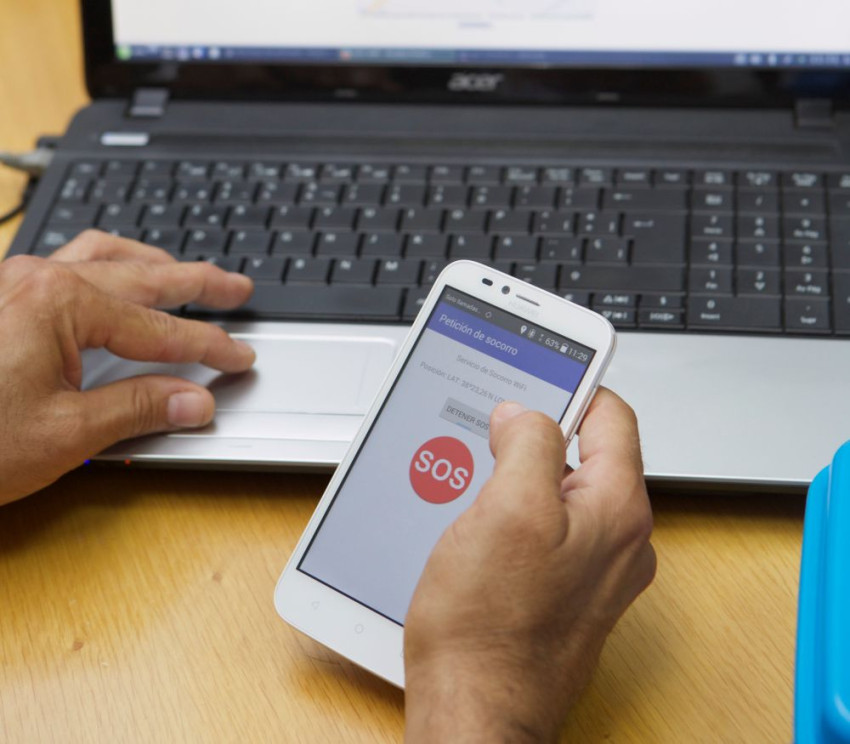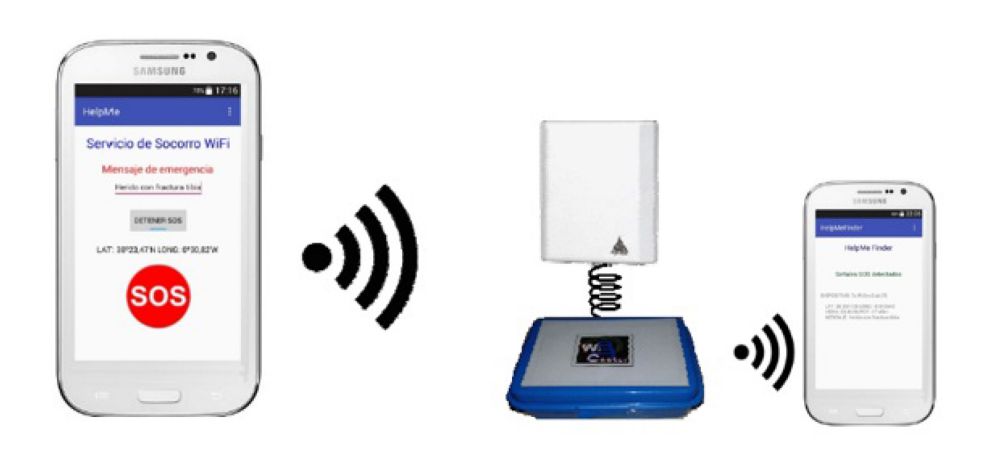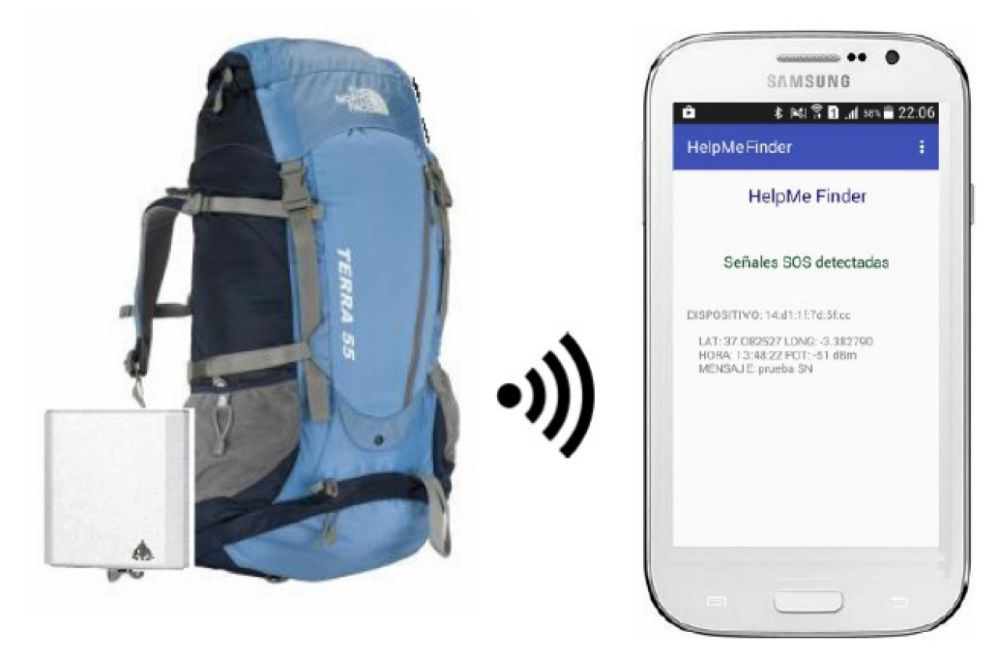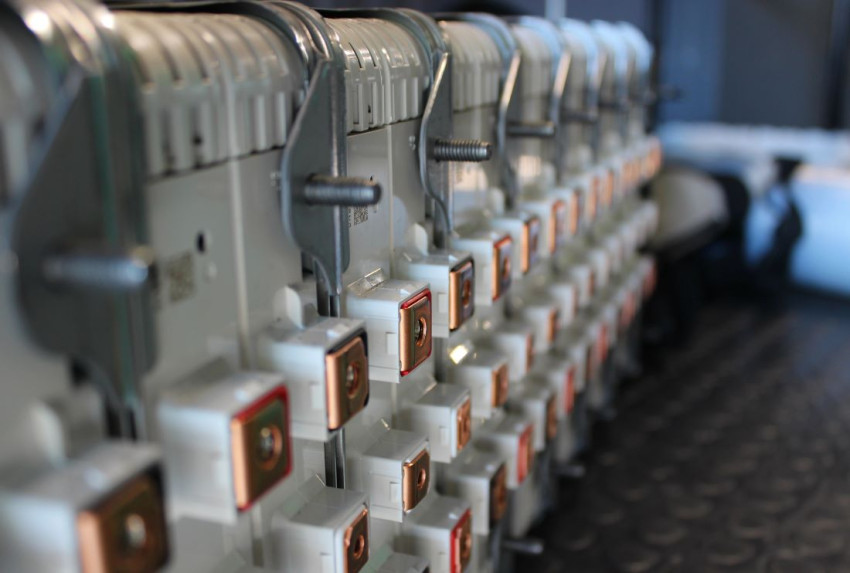
WiFi app helps track people in distress
Engineers at the Spanish University of Alicante have developed an app that tracks a telephone even when there’s no reception. This could provide a solution for people in distress who need help from rescue workers. The app uses the WiFi signal for this.
If you head out into isolated areas where your mobile phone has no reception, your smartphone could still be a lifesaver. If you get into difficulty, for example due to an accident or natural disaster, then the WiFi signal from the telephone could be your vital lifeline. As long as rescue workers are no more than a few miles away.

That is all thanks to an app developed by the engineers at the University of Alicante. It ensures that the smartphone transmits a WiFi signal, including the GPS location data. The person in distress simply has to activate the app if he or she gets into difficulty. The program then transmits the distress alert at periodic intervals. This can continue for days because the app switches off all the other functions of the smartphone. The app not only transmits the location data, but the person in distress can also indicate what the problem is by typing a text into the app.
WiFi range
A normal WiFi signal has a maximum range of around 100 m. So how can the app signal bridge a distance of several miles? ‘That has to do with the way in which we use the WiFi signal,’ explains José Ángel Berná Galiano from the university’s Polytechnic Department. ‘WiFi access points operate with a threshold value: the WiFi signal has to have a certain strength in order to be picked up.’

The crux of the rescue app lies in the receiver that the rescue workers carry with them. ‘It is extremely sensitive to WiFi signals.’ Another advantage is that there is no problem with interference signals or obstacles in isolated areas. ‘The rescue system works particularly well at sea and in the mountains. We have picked up a signal at a range of up to 3 km.’ The portable receiver has a small antenna and is connected to the rescue worker’s smartphone. As soon as a distress signal is picked up, the smartphone triggers an alarm.
Equipment for transmitting a distress signal outside the telephone reception range has existed for some time – examples include RescueMe or ResQLink. They make use of satellite communication and easily cost a few hundred euros. The app is less expensive. ‘It is cheap to install, and people have a smartphone with them practically all the time, even if they are totally unprepared for an emergency situation.’
The app is not yet available. ‘We are leaving the marketing of the app to commercial parties.’
If you found this article interesting, subscribe for free to our weekly newsletter!







